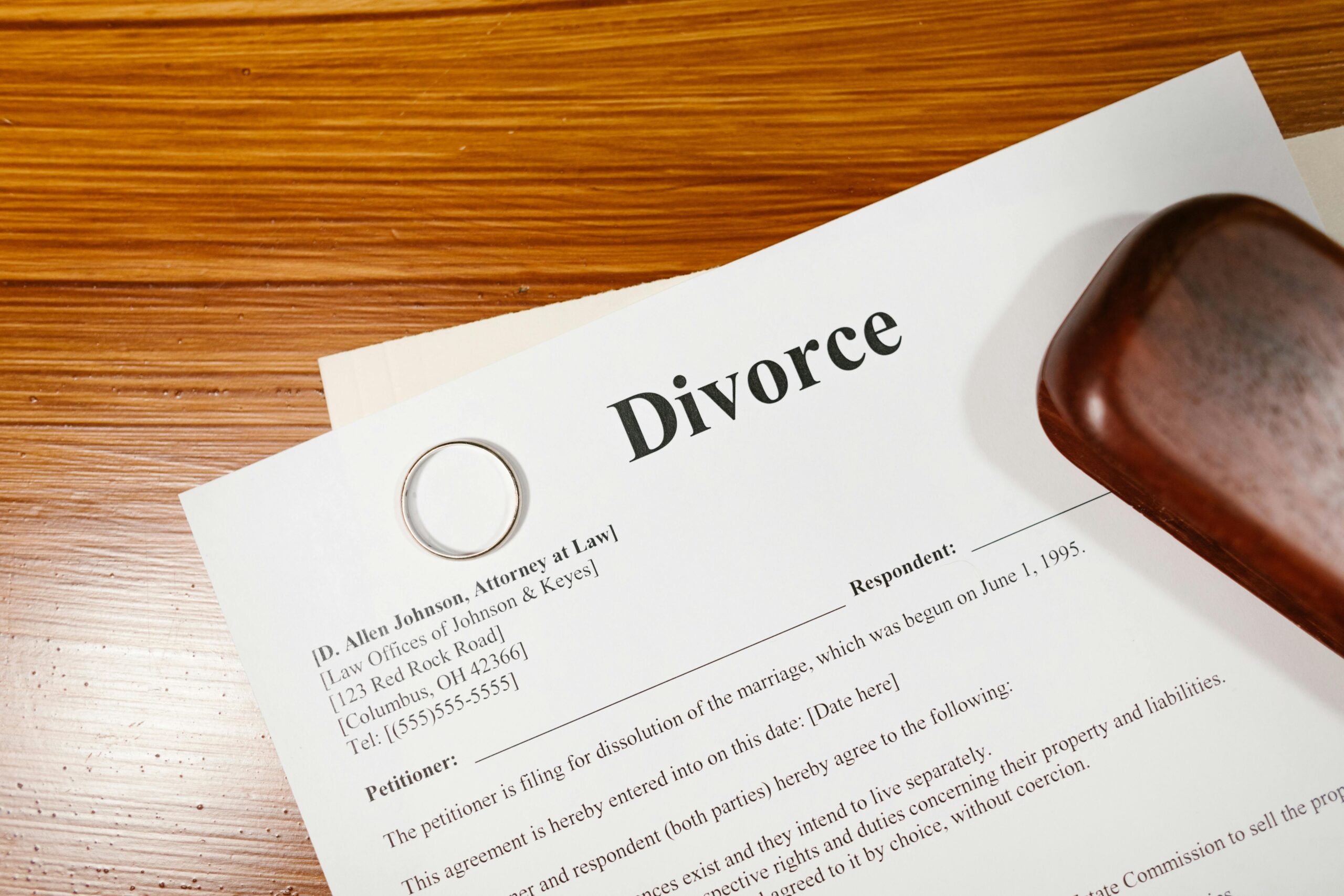Deciding to end a marriage is never easy. Many people wonder if one partner, especially a wife, can start the divorce process alone without the other’s involvement or consent. This question comes up a lot, especially when privacy, autonomy, or even safety is at stake. The answer touches on personal rights, modern laws, and what actually happens when just one spouse wants out.
Can One Spouse File for Divorce Without the Other’s Consent?
Most people are surprised to learn that you don’t need mutual agreement to file for divorce. In almost every state, either spouse has the right to end the marriage on their own. The principle behind this is pretty simple: if one person doesn’t want to stay married, the law rarely tries to force them to.
The concept of “no-fault divorce” means that if a marriage has broken down, one spouse doesn’t have to prove wrongdoing or wait for the other to agree. Even if the other partner refuses to sign papers or participate, the process can still move ahead. For more details, you can check resources like DivorceNet’s guide on how to get a divorce without your spouse.

Understanding No-Fault Divorce
No-fault divorce changed the world for couples who just want to go their separate ways. Instead of dragging out painful stories about who did what, a no-fault approach allows someone to simply state that the marriage isn’t working.
With no-fault rules:
- You don’t need to prove adultery, abuse, or abandonment.
- Judges focus on fairness rather than blame.
- One spouse can start the process alone.
This system gives each partner, including wives, full agency over their own life decisions. States have their own versions of no-fault laws, so the path may look a bit different depending on where you live. Still, the spirit is the same: only one person needs to want out for a divorce to begin.
The Divorce Filing Process: Do Both Parties Have to Agree?
Starting a divorce is usually straightforward:
- One spouse (the petitioner) files a divorce petition with the court.
- The other spouse (the respondent) is officially notified with court papers.
At this early stage, there’s no legal need for the other spouse to sign off or agree. The law requires that the respondent be informed, not that they agree with the divorce.
Once notified, the other partner can respond, contest, or even ignore the notice entirely. No matter what, the process moves forward. This legal structure means the road to divorce doesn’t have a stop sign controlled by the other spouse.
To see specifics about these situations, check Can My Spouse Obtain a Divorce Without My Consent?.
What Happens After One Spouse Files for Divorce?
Filing sets a series of legal steps in motion. No matter how the non-filing spouse feels, the court process protects the rights of both.
The Role of the Respondent Spouse
After filing, the law requires the respondent spouse to be served with the divorce petition. This notification, sometimes called “service of process,” is just a formal way to make sure everyone knows what’s going on.
When the respondent gets the papers, they usually have a certain amount of time to reply—often 20-30 days. Their choices include:
- Recognizing the divorce, signing, and possibly agreeing on terms
- Contesting elements like property, custody, or finances
- Choosing not to respond at all
If someone doesn’t reply, it’s not the end of the road. Courts are built to handle silence. If needed, the judge can move the case forward without that person’s input.
How Courts Handle Uncontested or Default Divorces
If the non-filing spouse ignores the divorce papers or refuses to participate, the petitioner can ask the court for a “default” divorce. In this scenario, the judge may grant the requests listed in the divorce petition by default if they seem fair.
Uncontested divorces often:
- Move faster than contested cases
- Cost less in legal fees
- Cause less stress and conflict
If both people agree on major issues from the start, the paperwork is simpler. But even when only one person participates, the court still checks for fairness, especially with child custody or significant property.
You can learn more about this process on this Quora discussion about divorce without consent.
Conclusion
A wife absolutely can file for divorce without the other partner’s consent or participation. Modern no-fault divorce laws let either spouse start the process at any time, placing the choice to end a marriage in the hands of each individual.
Courts encourage both sides to have a voice, but they don’t block one partner from moving forward if the other disagrees or stays silent. If you’re considering this decision, remember that every situation is unique. Consulting with a qualified attorney can bring clarity and peace of mind during this major life change. Your right to choose is protected, and you never have to stay where you don’t want to be.


Comment on “Can a Wife File for Divorce Without the Other Partner?”